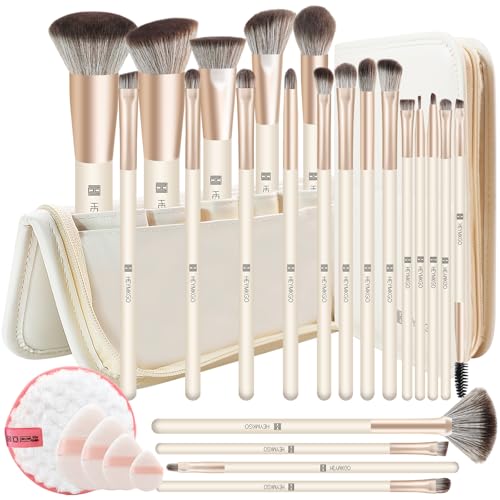There may be a stealth condition undermining your efforts toward having gorgeous skin. It's called rosacea and the symptoms range from light flushing and enlarged blood vessels to severe ruddiness and bumps.
The cause of this chronic inflammatory skin disorder remains a mystery. "There's just no clear answer," says Ranella Hirsch, MD, vice president of the American Society of Cosmetic Dermatology and Aesthetic Surgery. Some blame bacteria; others point to free radicals and ultraviolet rays. But the most popular theory is that overactive blood vessels in the face cause you to turn, and stay, red.
To add to the confusion, many other skin problems, such as sun damage and acne, mimic rosacea, so you could be treating one condition when you really have another. (Visit a dermatologist for a definitive answer.) Although there's no way to prevent or cure rosacea, the following strategies can help you keep the redness under control.
1. Manage Triggers
Certain foods, environments, and activities can induce rosacea, so learning what sparks your crimson coloring is key.
Flare-up foods Alcohol, spicy meals, and hot beverages and soups often bring on redness. Brie and hard cheeses are also on the list, because they release histamine, a chemical that turns the skin red, says Zoe Draelos, MD, a clinical associate professor of dermatology at Wake Forest University School of Medicine. See how your skin reacts before regularly indulging in your favorites.
The weather When your face is exposed to harsh weather--be it cold, blustery wind or blistering hot sunshine--rosacea is likely to spike.
Be sure to protect your skin year-round.
Internal combustors "Anything that causes vessels to dilate, including exercise, will exacerbate rosacea," says Patricia Farris, MD, a clinical assistant professor of dermatology at Tulane University School of Medicine. Instead of pounding the pavement, try swimming or working out in a cool room. And try not to get too emotionally worked up. The National Rosacea Society reports that 79% of sufferers it surveyed say mental stress and anxiety aggravate their flushing.
2. Practice Smart Skin Care
"I tell rosacea patients to treat their skin like silk," says Draelos. "Don't rub it, wring it, or use harsh detergents on it." And always use the right products:
Kind cleansers When choosing a face wash, "blander is better," says Farris. (Unanimous favorites: Cetaphil, Dove, and CeraVe.) Watch out for acid-containing products and anything that creates a warming sensation on the skin.
Topical relief To soothe skin, Aveeno's Ultra-Calming line contains feverfew, a botanical antioxidant, and Eucerin's Redness Relief products pack licorice extract; both calm ruddiness.
Serious UV protectors Wear a broad-spectrum sunscreen daily. Some of the gentlest blocks contain UVA-shielding zinc oxide and titanium dioxide.
3. Talk to Your Derm
For more severe rosacea, or when you really want to get the red out, your doctor can help you choose the best fix.
Light and laser therapy Intense pulsed light, or IPL, treatments use quick flashes of broad-spectrum light to reduce allover redness; pulse-dye lasers can be used to target visible blood vessels.
Prescription potions To deal with papules and pustules, antibiotics are your best bet. See your doctor to discuss topical ointments such as MetroGel, Finacea, Azelex, and Avar; or oral prescriptions like doxycycline and minocycline.
Or she may recommend the recently FDA-approved Oracea, which
is such a low dose of doxycycline that it's not considered an antibiotic, meaning no yeast infections or growth of antibiotic-resistant bacteria.
source: prevention.com
 even though where the stuff comes from isn't exactly lovely lol!
even though where the stuff comes from isn't exactly lovely lol! x
x






































